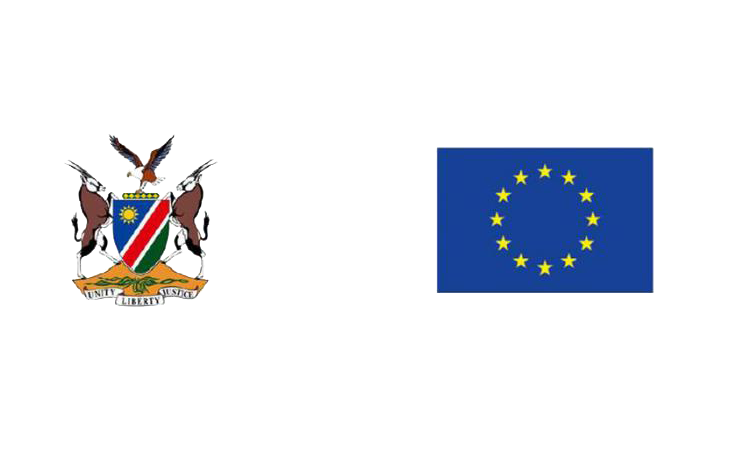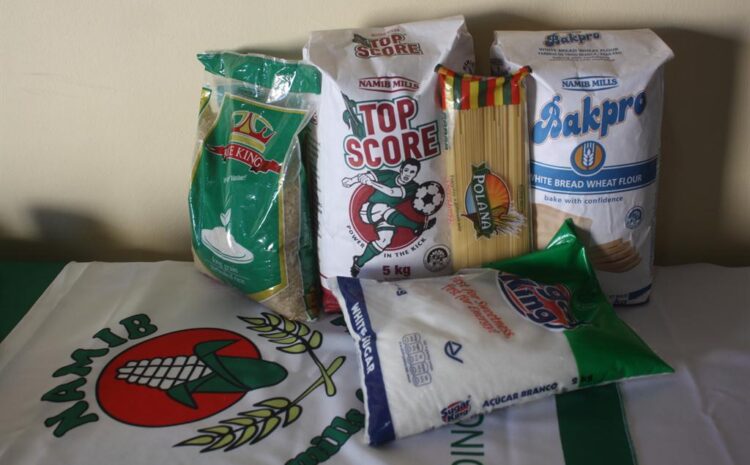The Namibia Trade Forum Board of Directors recently announced the appointment of Mrs Stacey Pinto as the substantive Chief Executive effective 05 May. Chairman of the Board of Directors NTF, […]
SA retailers supplying products to Namibia have to abide by that country’s retail charter, which aims to control access to the local market to allow for the development of local […]
Imports – The total number of imports from the EU into Namibia was US$ 6.7 billion in 2017. There is a decline of imports from the EU since 2014 on various […]
In what was widely regarded as an essential step to transform the Namibian Retail sector, stakeholders recently met in Windhoek to advance plans for a negotiated transformational model for that […]





